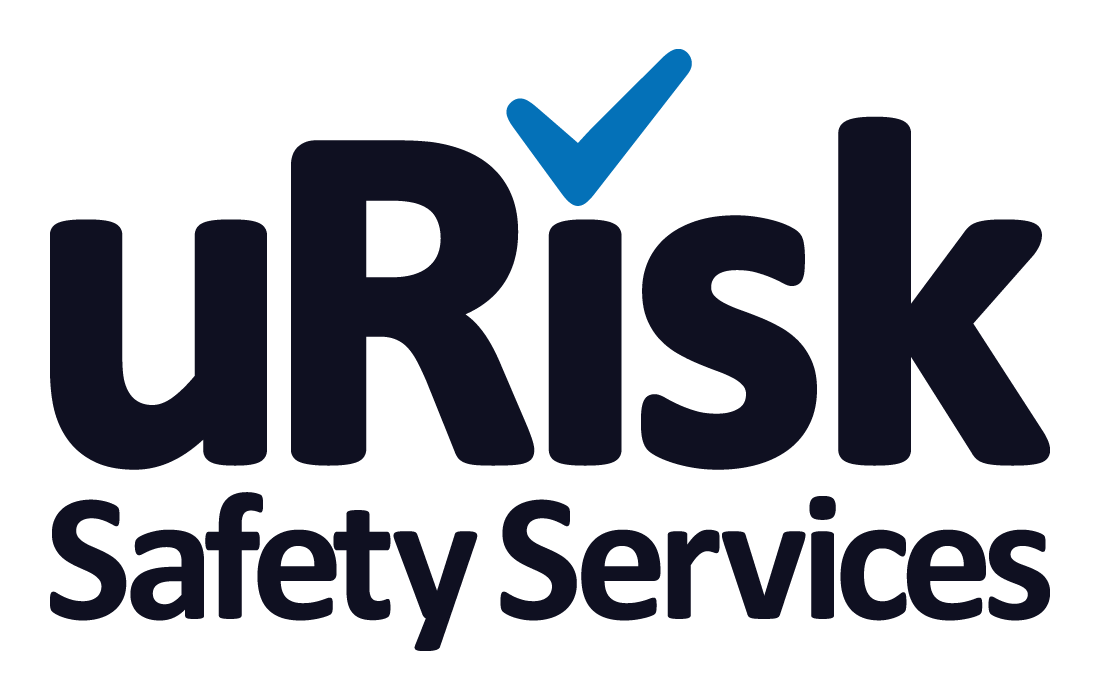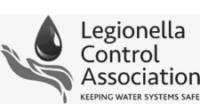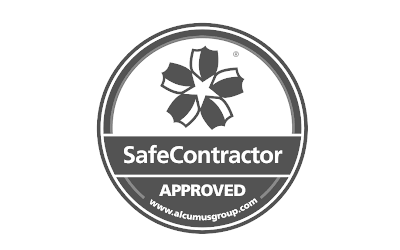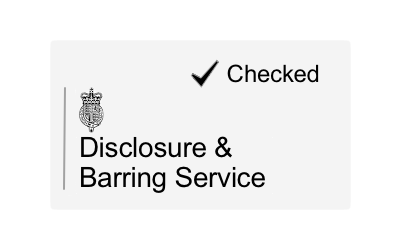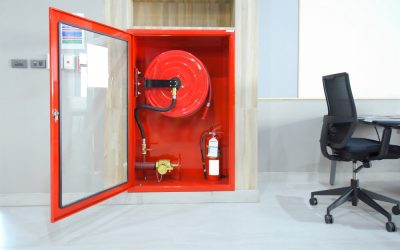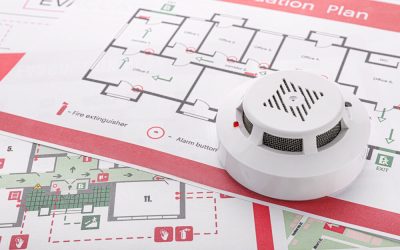Legionella In Gardening. From potting-compost to hose pipes.
It turns out gardening is not always as healthy a pastime as you might think. In fact, there are quite a few unseen dangers in the form of Legionella – as well as other types of bacteria -that can be hazardous and even fatal, particularly in the elderly.
Potting compost
In New Zealand, a 77-year-old man died after contracting Legionnaires’ disease from Legionella spores that had been thriving in warm, moist conditions in a bag of potting mix. He had been aware of the dangers of the bacteria and had taken steps to protect himself by wearing gloves and hosing down the mix before using it, but had not worn a protective mask – which is recommended – and ended up inhaling spores. The story gained a lot of press coverage in New Zealand, and awareness campaigns followed, resulting in a nearly 50% drop in Legionella notifications year on year.
Water butts
When government scientists at UK research facility Porton Down tested samples from 113 garden water butts, they discovered the Legionella bacteria in 95% of them. The bacteria thrives in stagnant water that’s between 20oC and 45oC, so it is perhaps unsurprising that so many water butts become breeding grounds.
To minimise the risk of inhaling any of these potentially fatal spores, it is best not to use water from garden water butts when the temperature, measured with a legionella thermometer, inside the butt is likely to rise above 20oC. Even if the temperature is lower, it is best to only use it with a watering can and not via a hosepipe or sprinkler which significantly increases the chances of spores being released into the atmosphere.
It is also a good idea to clean water butts every year and insulate them to keep the water as cool as possible.
Hose pipes
Every time you use your hose pipe, it’s a good idea to empty it. Any water that is left in the hose is likely to stagnate – especially if you don’t use it for a few days. And, if the hosepipe is left in the sun, you could be creating ideal breeding conditions for Legionella bacteria. One British gardener died in 2017 as a result of contracting Legionnaires’ disease from using a fine spray mist infected with Legionella that had bred in the hose in such a way.
Visit the Royal Horticultural Society’s website for tips on how to minimise the risks from Legionella and other potentially harmful bacteria in the garden. Or get in touch today for a legionella risk assessment.
Legionella and Water Hygiene Blog Posts
Office Fire Risk Assessment
As you would expect, keeping your office safe from the risk of fire is a legal requirement under the Regulatory Reform (Fire Safety) Order 2005. If you are the owner or manager of a business, or landlord of an office building, it is your responsibility to ensure your...
Fire Risk Assessment For Flats
Your legal requirements as a landlord include taking precautions to keep your tenants safe, including when it comes to the risk of fire in flats. As part of the fire safety regulations, fire risk assessments for flats is therefore part of your legal obligation to...
Getting A Risk Assessment For Fire in the UK
As an employer, landlord or facilities manager, it is your legal responsibility to keep everyone who uses your premises safe. A fire risk assessment is an important part of this because it identifies what might cause a fire so you can take steps to prevent one, as...
